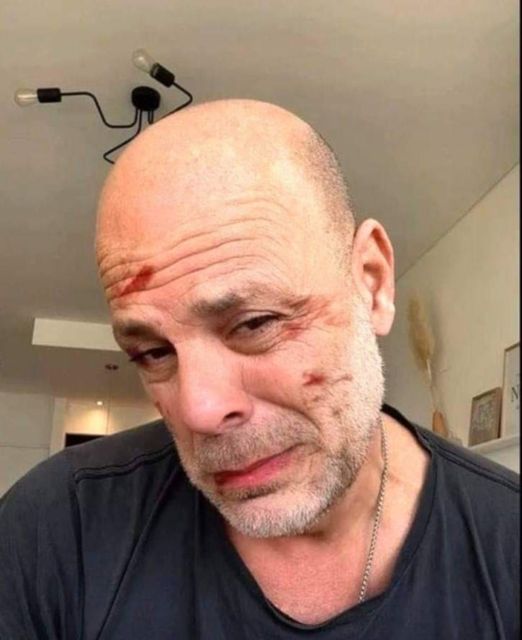Grandmother’s Old Tric
Mold is commonly seen in big areas, especially in room corners. If you see mold on the wall but it hasn’t spread much, you can remove it yourself with care and caution. Various methods can be utilized.
We need to act fast.
Mold on a wall is like mold on food: when you see it, you need to act fast. In the end, a lawn with mold often grows without being noticed for a while until it becomes visible.
Moreover, having a serious mold issue is not something to take lightly. Black mold, in particular, can lead to strong irritation in the breathing passages and, over time, can cause significant health issues for those with allergies and other sensitive individuals. When a big area, around a few square meters, is heavily covered in mold, it is best to hire a professional company to handle the cleanup and restoration. In a rented apartment, it’s important to contact the landlord as soon as possible. In the end, besides poor ventilation and no heating, problems with how a building is built could also lead to mold growth.
This is how you can remove mold from the wall.
When you remove mold, many mold spores can enter the air. It is best to do this work with the windows open wide, if you can. The entire room should also be covered with a protective film, similar to when painting. Wear the right protective clothing, like a mask that meets the FFP3 protection standard, to stay safe. Move the furniture in the corner of the room to the side as much as you can to create space for your work. To get rid of mold at home, people often suggest using simple remedies like baking soda or vinegar, even though they may not always be the best option. However, it works much better with the following solutions:
alcohol for medical use (with a minimum of 70% alcohol)
Alcohol without its natural properties.
A product that removes mold and contains chlorine.
I’m sorry, but you haven’t provided a text for me to paraphrase. Could you please provide a text or let me know how I can assist you today? For all the liquids in this list, make sure the room is well ventilated to avoid inhaling them. There is a risk of fire, so it’s important not to have candles or heat guns in the room. Different products to remove mold are applied to the areas with mold using a cotton cloth. Persistent mold growth can be removed by gently wiping it with a cloth or sponge after applying treatment multiple times. The wall that has been cleaned needs to dry for a few days before you can paint it or put up new wallpaper.
Identify building problems and study daily routines.
The wet corners of rooms with mold are often found on the outer walls of a house. If there is more moisture in a corner and it turns into water, it could mean that there is not enough insulation in that part of the building. So, this corner should be designed to allow you to see the area and not block air circulation with a cabinet close to the wall. To avoid mold coming back, try to lower the moisture in your living spaces. Because people’s breathing adds moisture to the air in a room, it is important to open the windows a few times a day for short periods to let fresh air in. Also, remember to close the bathroom door while showering and open the window afterward to let fresh air in. When you cook, it’s important to use a kitchen hood or cover the pots with lids if you can. The ideal humidity level in homes should be between 40% and 60%. You can check this using a tool called a hygrometer. If the air is often very humid, mold will likely grow on the walls. If improving ventilation doesn’t work, you can also put a dehumidifier in the apartment. The ideal humidity level in homes should be kept between 40% and 60% and can be checked with a tool called a hygrometer. However, if the air is always very humid, with a level above 70%, mold will likely grow on the walls. If airing out the apartment regularly doesn’t work,you can also put a dehumidifier in the apartment. The ideal humidity level in homes should be between 40% and 60%. You can check this with a tool called a hygrometer. However, if the air is often more than 70% humid, mold will likely grow on the walls. If airing out the apartment regularly doesn’t work, you can also put a dehumidifier in the apartment.


